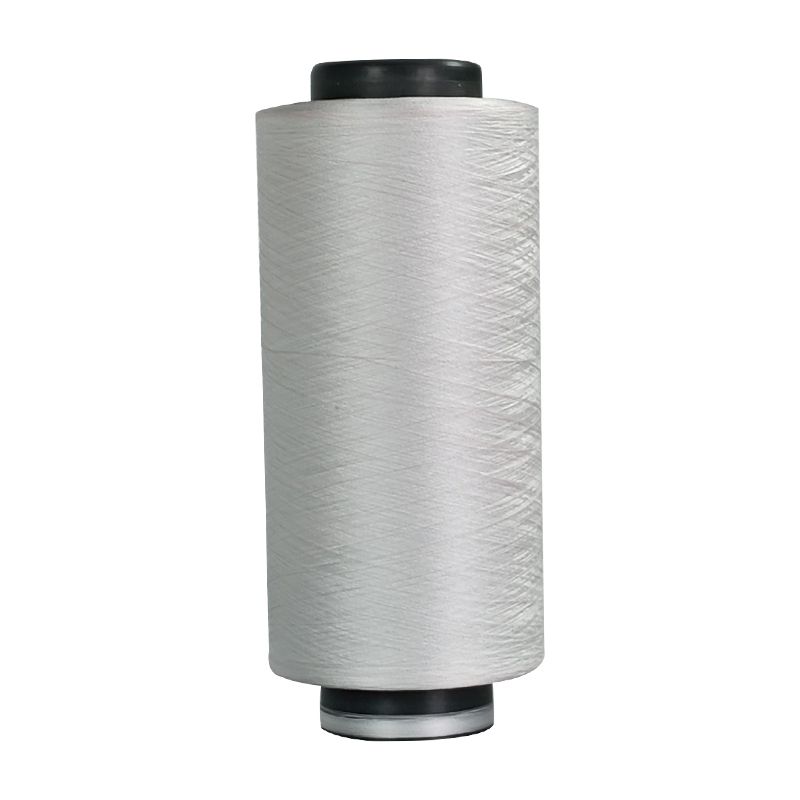Super polyester, a high-performance material, has garnered widespread attention across various industries due to its robust attributes, one of the most important being its fire resistance. With increasing concerns over safety and the need for materials that can withstand extreme conditions, understanding the fire resistance properties of super polyester is crucial for manufacturers, engineers, and consumers alike.
The Fundamental Nature of Super Polyester’s Fire Resistance
Super polyester, or high-performance polyester, is designed to offer superior resistance to flames and high temperatures compared to standard polyester fabrics. This material is engineered with a unique molecular structure that provides enhanced thermal stability, preventing it from easily catching fire when exposed to high heat. The core characteristic of super polyester is its ability to withstand direct exposure to flames for extended periods, making it suitable for applications where fire safety is paramount.
At the molecular level, super polyester incorporates elements that significantly improve its resistance to ignition. The material’s chemical composition creates a barrier that slows the rate of combustion and reduces the spread of fire. When exposed to flame, super polyester does not melt or drip—an important feature that prevents the spread of fire to other areas. This makes it particularly valuable in settings such as public transport, construction, and high-risk manufacturing environments.
Heat Resistance and Flame Retardancy
Super polyester is not just flame resistant—it is also highly heat-resistant. It can withstand continuous exposure to elevated temperatures without losing its structural integrity. The fiber does not degrade or lose strength at typical fire or industrial temperatures, making it a preferred material in industries such as automotive, aerospace, and construction.
In addition to its inherent flame resistance, super polyester can be further treated with specialized flame retardant coatings or additives. These treatments enhance the material's fire-resisting capabilities, ensuring it meets specific industry standards. The combination of high heat resistance and the ability to be further treated for flame retardancy makes super polyester an exceptional material for fire-sensitive applications.
Smoke and Toxic Fume Emission
Another key aspect of super polyester’s fire resistance is its minimal smoke and toxic fume emission when subjected to flame. In fire safety, the potential for harmful smoke inhalation or the release of toxic gases can often be more dangerous than the fire itself. Super polyester excels in this regard, as it does not emit harmful gases or excessive smoke when exposed to heat. This property makes it an excellent choice for safety applications in confined spaces, such as transportation systems, hospitals, and high-rise buildings.

Durability and Performance in Extreme Conditions
Unlike other materials that may degrade or lose their fire resistance over time, super polyester maintains its fire-retardant qualities for an extended period. Whether exposed to environmental elements, wear and tear, or frequent washing, the material retains its ability to resist fire effectively. This durability ensures that super polyester remains a reliable material in high-risk environments, providing long-term protection without the need for frequent replacements or reapplications of flame retardant treatments.
Applications of Super Polyester in Fire Safety
Due to its exceptional fire resistance properties, super polyester is widely used in applications where fire safety is critical. Some common uses include:
Protective Clothing: Super polyester is frequently used in manufacturing flame-resistant apparel for workers in hazardous environments, such as firefighters, industrial workers, and electrical technicians. The fabric provides a safe barrier against heat and flames, significantly reducing the risk of injury.
Upholstery and Furnishings: In the furniture industry, super polyester is used to make flame-retardant upholstery materials for public seating areas, hotels, and offices. This helps ensure that public spaces remain safer in the event of a fire.
Transportation: Super polyester is commonly used in the construction of fire-resistant components for vehicles, trains, and airplanes. In these high-risk environments, where fire safety is paramount, super polyester provides essential protection.
Building Materials: As part of fire-resistant insulation and cladding materials, super polyester plays a crucial role in preventing the spread of fire within commercial and residential buildings.
Super polyester stands out as a material with exceptional fire resistance properties that are critical for a variety of high-risk industries. Its ability to withstand flames and high temperatures, while minimizing smoke and toxic emissions, makes it an indispensable choice for fire-sensitive applications. Whether in protective clothing, vehicle components, or building materials, super polyester provides an effective and reliable solution for enhancing fire safety. As industries continue to prioritize safety, the importance of this versatile material in mitigating fire risks cannot be overstated.

 English
English عربى
عربى Türk
Türk Español
Español



















